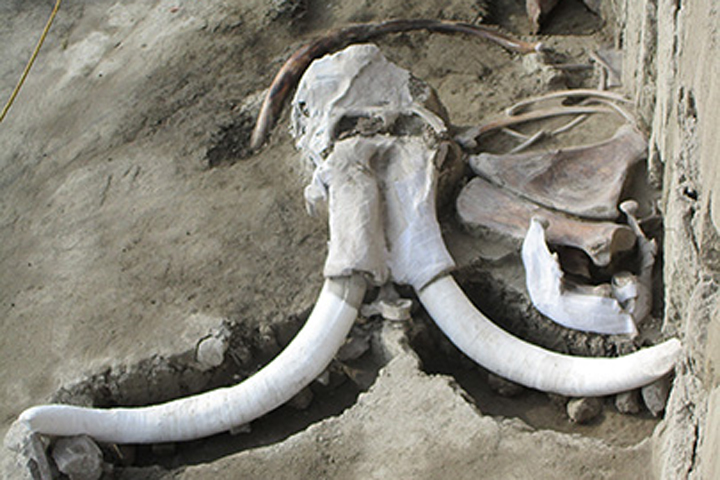Mexico wasn’t always a blistering-hot sunshine destination. Woolly mammoths once roamed the area around Mexico City some 15,000 years ago — and early humans were hot on their trail.

Archeologists have discovered the bones of at least 14 mammoths in two ancient hunting pits north of Mexico City, where it’s believed that humans trapped the elephant-like beasts for food in prehistoric times. The discovery suggests that humans were more eager to capture, kill and eat mammoths than researchers previously thought.
Scientists from Mexico’s National Institute of Anthropology and History (INAH) announced the discovery on Wednesday.
The pits were found while space was being cleared for a garbage dump in Tultepec, north of Mexico City. The human-made pits each measured about 1.7 metres (6 feet) deep and 25 metres wide, with 90-degree walls to prevent mammoths from climbing out.
Each pit was filled with bones, and some showed signs that they’d been butchered. Researchers found approximately 800 bones in the two pits, along with the remains of a few horses and camels.
The discovery marks a turning point in how we understand the relationship between mammoths and humans during our hunter-gatherer phase, according to Pedro Francisco Sanchez Nava, national co-ordinator of archeology at the INAH.
It challenges the long-standing belief that humans only attacked mammoths when the opportunity presented itself, such as when a mammoth became trapped in a swamp, Sanchez Nava said in a news release.
The site dates back to the late Pleistocene, better known as the last ice age, when glaciers blanketed much of the Earth. The end of that era saw dramatic shifts in the climate.
It’s unclear if plans for the dump will be altered to accommodate the site. Researchers also believe there may be more such traps in the area.







Comments